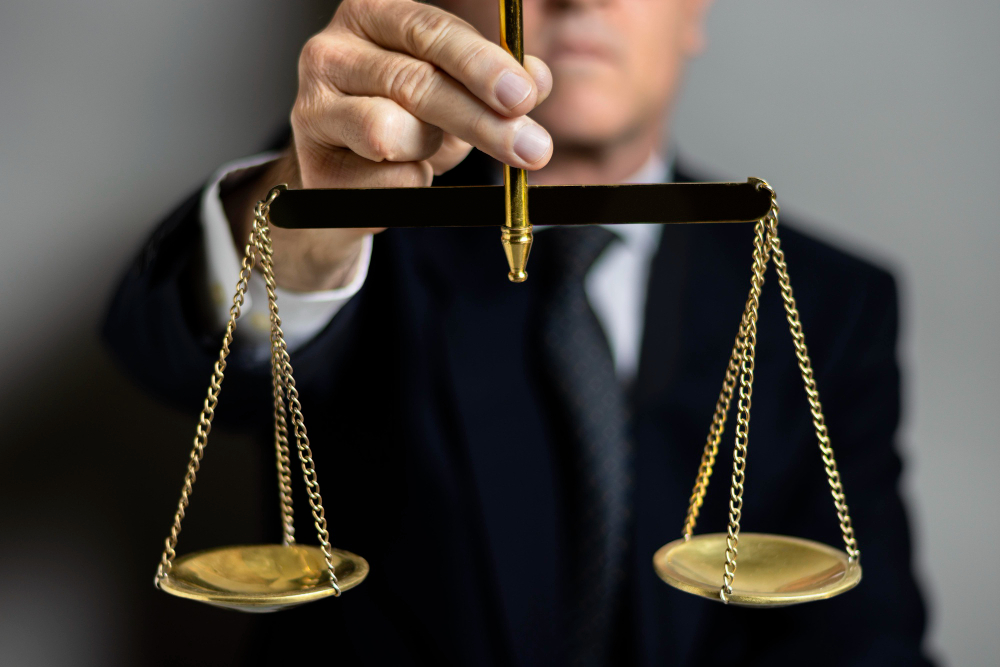
India has embraced the secularism enshrined in the Constitution to safeguard and uphold the customs and heritage of every religion. However, various people have different thoughts and opinions, which causes social discord and ultimately leads to violence and unrest. Certain disagreements are so long-lasting that they must be tried in court.
One such controversy surfaced in the Ayodhya Dispute Case, also known as M Siddiq (D) Thr Lrs v Mahant Suresh Das & ors. In your community, you might also hear the song and slogan “Mandir wahi banayenge.”
ram mandir case history
- In the Year 1850: The first incident of religious violence in Ayodhya happened in 1850, with a nearby mosque at Hanuman Garhi being the target. Hindus attacked the Babri Mosque during this process.
- In the Year 1949: Inside the Babri Mosque, an idol of Lord Rama was discovered. The Muslim side protested as a result, and both parties then went to court as well as filed a civil lawsuit. After the events, the state authorities locked the gates and proclaimed the entire area to be in “dispute,” pending further directives.
- In the Year 1950: Gopal Singh Visharad filed the initial petition in 1950, when he was denied entry, sparking the start of the legal dispute over Ayodhya. After the matter was dragged out in court for nearly ten years, the Nirmohi Akhara filed a second complaint in 1959, this time asserting that they should own the land. In 1961, the Sunni Central Waqf Council submitted a counter-request in response to the aforementioned litigation. The Council was created by Indian legislation to safeguard and maintain places of worship and cultural significance for Muslims.
- In the Year 1992: On December 6, the Babri Mosque was demolished, and in the aftermath, there was a riot between Muslims and Hindus.
- In the Year 2010: On September 30, the Allahabad High Court decided to divide the disputed area into three parts, with the Sunni Waqf Board, the Nirmohi Akhara, and Ram Lalla, voting 2:1 in favour of each partition.
- In the Year 2011: The Allahabad High Court’s decision had been placed on hold by the Supreme Court.
- In the Year 2016: Former Union Minister Subramanian Swamy filed a suit in the supreme court to have a Ram temple built at the location following the establishment of the BJP government at the federal level.
- In the Year 2019: After a marathon for long years, the Supreme Court mandated that the land be turned up to a trust so that the Temple of Ram could be built. Additionally, it mandated that the government give the Sunni Waqf Council five acres of property inside the Ayodhya municipal limits so they could erect a mosque and rejected multiple pleadings.
ram mandir supreme court judgment
The ram mandir case judgment date was on 9th November, 2019. The ram mandir judgment judge name includes J Ashok Bhushan, J SA Bobde, then CJI Ranjan Gogoi, Justice DY Chandrachud, and Justice S Abdul Nazeer. The ram mandir judgment by the Supreme Court is as follows:
- On the Ayodhya issue, the Supreme Court rendered a unanimous decision.
- It gave the god Ram Lalla full ownership of the 2.77 acres of contested property in Ayodhya.
- Within three months, the Center must create a plan that will allow it to create a trust and turn over control of the inner and outer courts to the trust.
- Nirmohi Akhara, who claimed to be the custodian of the disputed lands, filed a plea with the Supreme Court, but it was denied.
- Muslims were unable to provide evidence that they owned the inner courtyard exclusively.
- The Hindus’ belief that Lord Rama had his birth on the disputed spot where Babri Masjid formerly stood was deemed unchallengeable by the court.
- The Central and Uttar Pradesh governments were directed by the Supreme Court to provide Muslims with five acres of alternative land in a conspicuous place so they may construct a mosque.
- Five acres of land in a “suitable, prominent place in Ayodhya” would be given to the Sunni Wakf Board.
This case is significant because it spans a lengthy period of time in Indian judicial history and involves every Indian prime minister, from Jawaharlal Nehru to Narendra Modi. This disagreement was ultimately settled on November 9, 2019. The Supreme Court attempted to resolve this case amicably and to strike a balance between the two religions in its ruling.
The God Ram Lalla was given the whole 2.77 acres of contested land in Ayodhya by the Supreme Court. The Central and Uttar Pradesh governments were directed by the Supreme Court to provide Muslims with five acres of alternative land in a conspicuous place so they could construct a mosque.
Now, the construction work for the Pratistha of Ram Mandir has been completed. it will be open for darshan from January 22, 2024.









